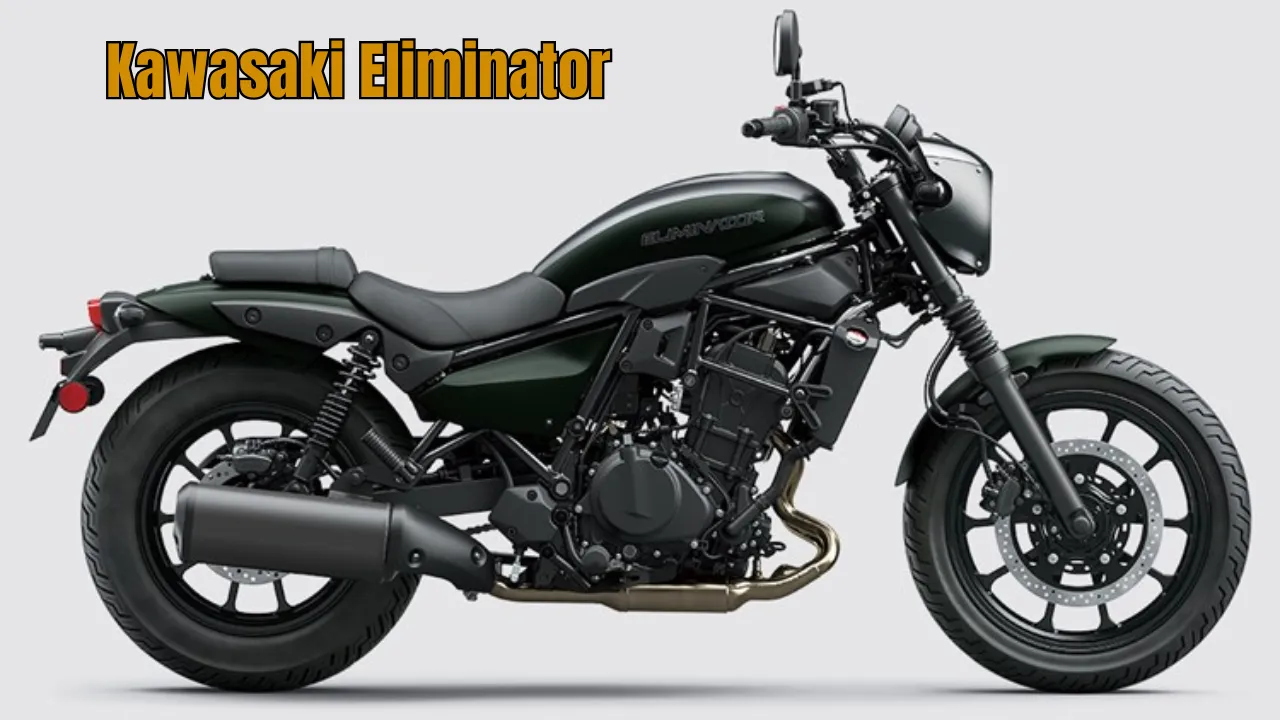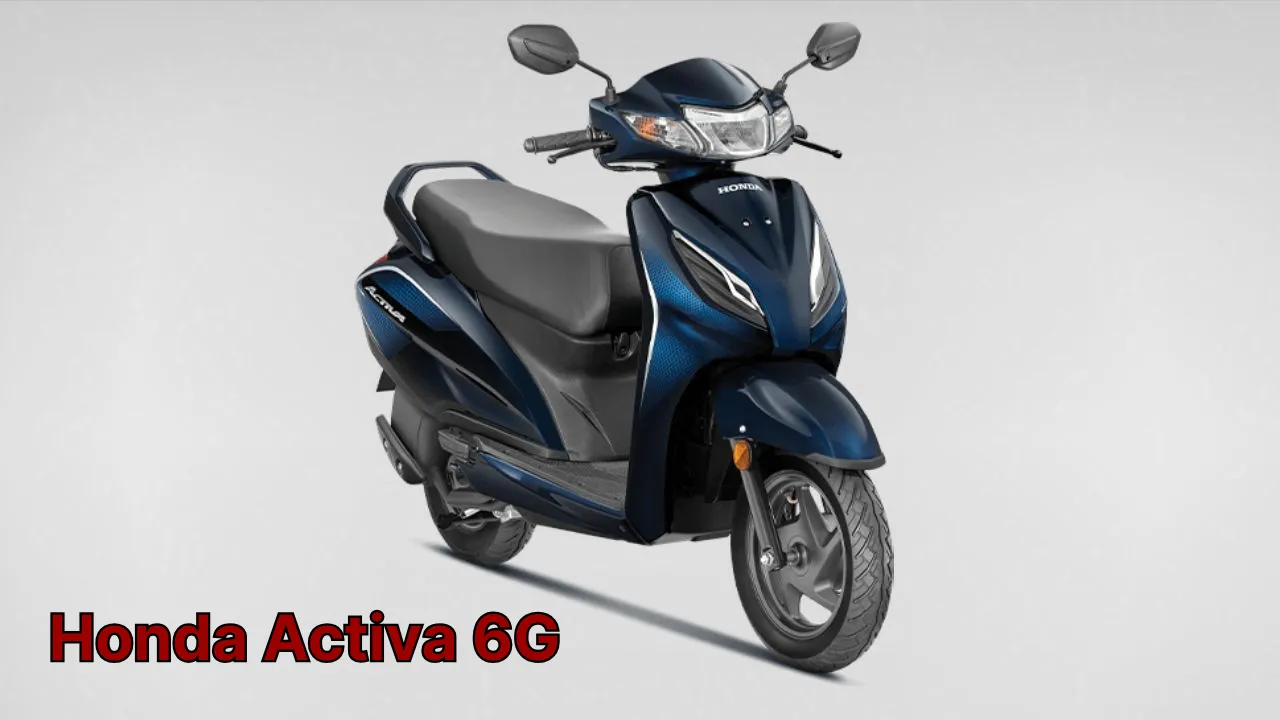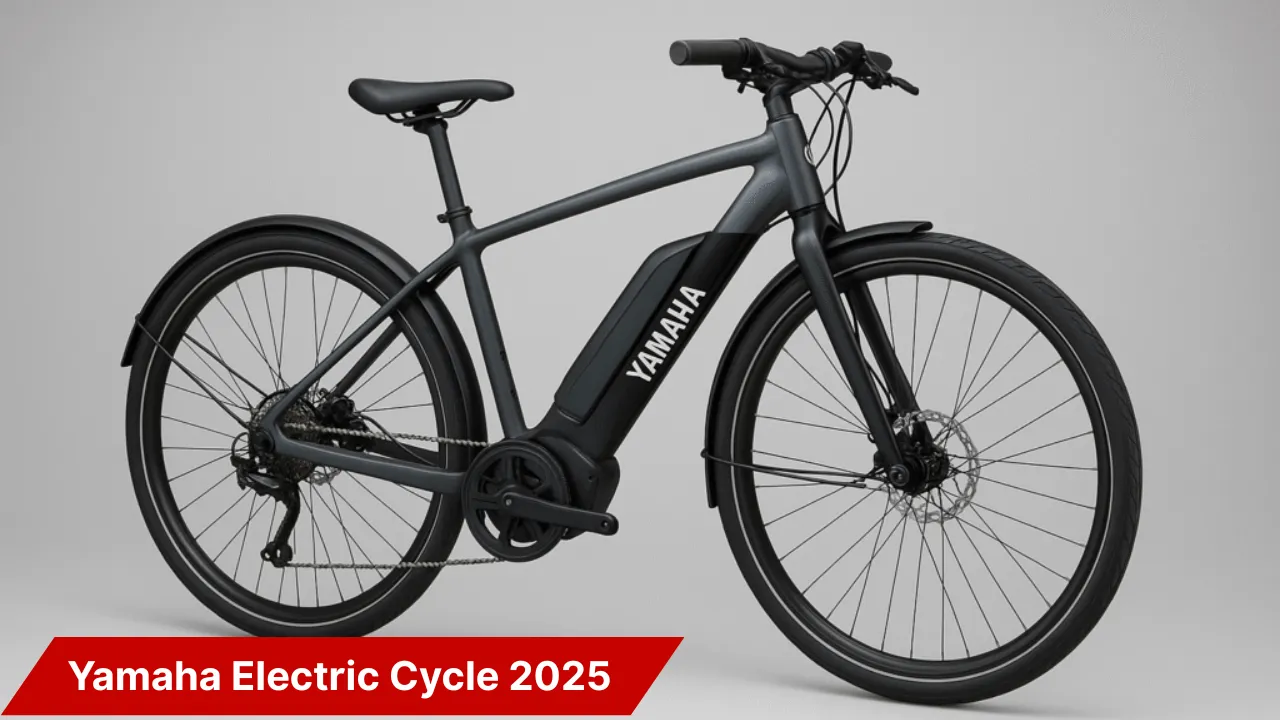Indigenous knowledge in machine design is redefining how traditional industries adapt to modern manufacturing needs. In Kerala, where coir production is deeply rooted in the cultural and economic life of rural communities, a silent revolution is underway. The Kerala State Coir Machinery Manufacturing Company (KCMMC) is leading this change by embedding the wisdom of local artisans into the blueprint of modern coir machines.
Instead of simply automating old processes, KCMMC is rethinking how machines should function, based on how humans traditionally worked. This human-centered approach not only improves the quality of the machines but also ensures they are accepted and effectively used by the workers themselves. In this article, we take a closer look at how KCMMC is using traditional artisan knowledge to redesign coir machinery, creating equipment that is ergonomic, efficient, sustainable, and aligned with Kerala’s rural development goals.
How KCMMC Uses Indigenous Knowledge in Machine Design
The integration of indigenous knowledge in machine design at KCMMC is a deliberate, ongoing process that aims to bring the traditional intelligence of local artisans into the realm of modern engineering. This goes far beyond simple consultation — it is a knowledge-sharing system that respects the lived experience of generations. By observing how traditional coir artisans twist, spin, and treat coconut fibers, KCMMC engineers reverse-engineer the motion, rhythm, and body posture into functional, ergonomic machinery. The result is machines that are not just efficient but designed with the user in mind — reducing fatigue, improving productivity, and promoting sustainability. This model reflects a larger movement toward community-based innovation and localized manufacturing.
Overview of KCMMC’s Indigenous-Inspired Design Strategy
| Aspect | Details |
| Knowledge Source | Traditional coir artisans from Kerala |
| Design Focus | Ergonomics, efficiency, sustainability |
| User Engagement | Field visits, hands-on feedback, co-creation workshops |
| Machine Features | Adjustable parts, hand-motion mimicry, eco-friendly material usage |
| Community Impact | Rural employment, skill retention, cultural preservation |
| Sustainability Benefits | Low energy consumption, minimal environmental impact |
Understanding Indigenous Knowledge in Coir Industry
The coir industry in Kerala is centuries old, rooted in natural processes and local materials. Indigenous practices involve a deep understanding of coconut husk treatment, retting, hand-spinning, and fiber grading — all perfected through daily practice and oral tradition. These practices are precise, efficient, and designed for sustainability long before environmental concerns became mainstream.
KCMMC taps into this local craftsmanship to guide machine design decisions. Instead of discarding old methods, the company analyzes them for strengths that can be mechanized. This method retains the original logic of coir work while easing the burden on the human body, ensuring technology supports — not replaces — skilled labor.
How KCMMC Collects Traditional Insights
KCMMC’s engagement with traditional artisans is neither superficial nor symbolic. The company conducts frequent field visits, spending time in coir-producing villages across Alappuzha, Kollam, and other parts of Kerala. Engineers and designers observe workers at every stage of the coir processing cycle — from husk soaking to spinning — and record nuances of movement, tool usage, and workflow.
These insights are then brought into the design lab where machine prototypes are built around real-world data. Artisans are invited to test and offer feedback. This collaborative loop not only refines the machines but empowers artisans as co-creators of innovation.
Improving Ergonomics through Traditional Practices
Ergonomics is a key area where indigenous knowledge in machine design makes a visible difference. Many coir workers, particularly women and older artisans, face repetitive stress injuries due to long hours of manual labor. Traditional methods, however, naturally reduce strain through smart posture and motion.
KCMMC leverages this by creating ergonomic machinery that aligns with natural body movement. Machines are now designed with adjustable seats, easy-to-reach controls, and foot pedals that mimic artisan gestures. Operators can now work longer hours with less discomfort, leading to increased productivity and well-being.
Eco-Friendly Designs from Traditional Inspiration
One of the most impactful lessons from traditional coir practices is sustainability. Traditional retting and drying methods use local materials, avoid chemicals, and work in harmony with the monsoon cycle. KCMMC translates this knowledge into machines that are eco-friendly by design.
For example, water-saving features in fiber extraction units draw from natural soaking techniques. Solar-powered machinery mimics open-air drying while reducing energy bills. Even the use of locally sourced machine components helps reduce the environmental footprint and boosts the local economy.
Key Innovations from Indigenous Knowledge
- Manual-to-Mechanical Conversion Tools
KCMMC’s spinning and twisting machines now replicate the tension and precision of hand-spinning, allowing seamless transition from manual to semi-automatic work. - Adaptable Machine Parts
Machines are designed with movable levers, height-adjustable seats, and grip-friendly handles that reflect the feedback from traditional artisans of all ages and physical conditions.
Benefits to Local Communities
The outcome of applying indigenous knowledge in machine design goes far beyond engineering. It creates direct and lasting impact on rural communities. Machines that are designed with input from local workers encourage adoption, reduce training time, and maintain a sense of cultural continuity.
Moreover, by preserving the essence of traditional knowledge in a modern format, KCMMC contributes to the empowerment of artisan communities. This promotes dignity in labor, improves income potential, and inspires younger generations to stay connected to the coir industry instead of moving away from rural work.
Challenges and Solutions
Adapting centuries-old knowledge to modern machinery isn’t always smooth. Some traditional techniques are undocumented and vary from region to region. KCMMC addresses this by working with academic institutions, cultural researchers, and NGOs to create digital records and training resources.
Involving elder artisans in design trials helps ensure authenticity, while collaboration with local women’s coir collectives ensures that machine designs meet the practical needs of the majority female workforce in the sector.
FAQs
What is indigenous knowledge in machine design?
It’s the process of incorporating traditional artisan methods and practices into modern machine development to improve functionality and user comfort.
How does KCMMC work with coir artisans?
KCMMC engages through field visits, co-creation workshops, and feedback trials, ensuring traditional insights directly inform machine design.
Are these machines easier to use than conventional ones?
Yes, because they are tailored to match natural body movement and traditional workflows, making them more intuitive and less stressful to operate.
What impact does this have on the environment?
Machines inspired by traditional eco-friendly practices reduce energy use, save water, and support sustainable local sourcing.
Does this approach help rural development?
Absolutely. It supports employment, preserves local skills, and strengthens the connection between technology and community heritage.
Conclusion
By embedding indigenous knowledge in machine design, KCMMC is proving that innovation doesn’t always mean starting from scratch. Sometimes, the most advanced solutions come from looking back at what has worked for generations. Their approach not only results in better-performing machines but also honors the intelligence of traditional craftsmanship, builds community ownership, and strengthens the coir industry’s future.
This fusion of old and new offers a compelling model for sustainable industrial development. If you’re curious about how tradition can drive technology, or want to explore more local innovations, don’t forget to comment below or explore related stories.













 Claim Here!
Claim Here!